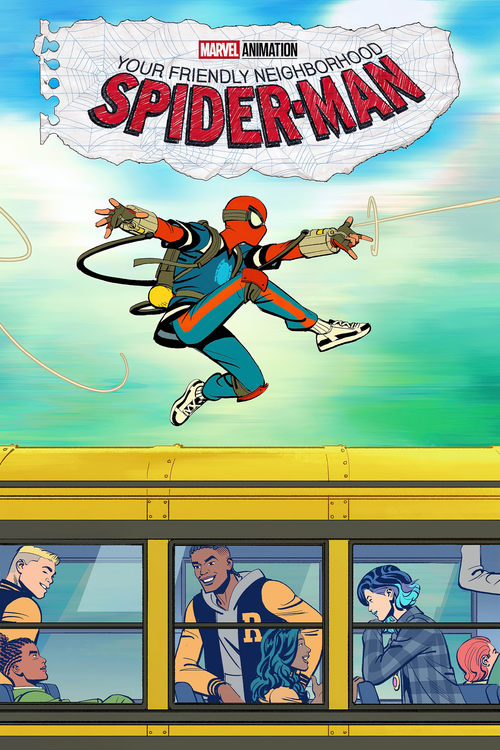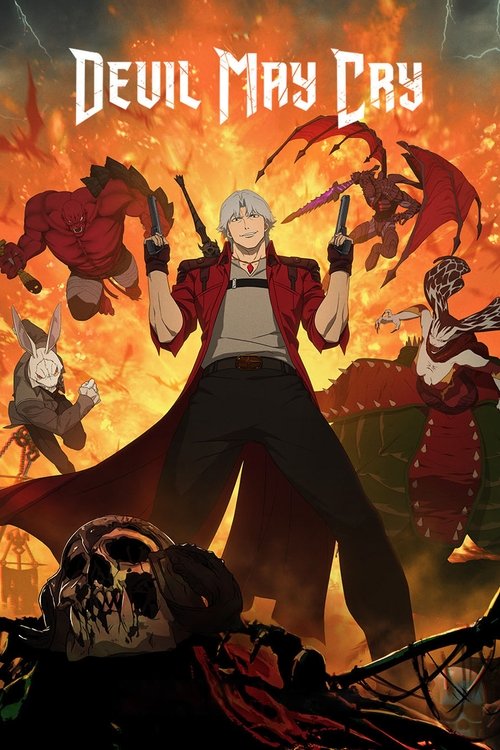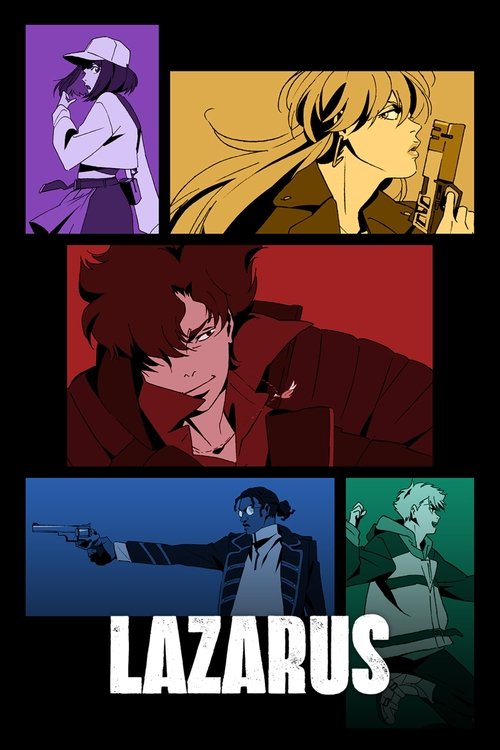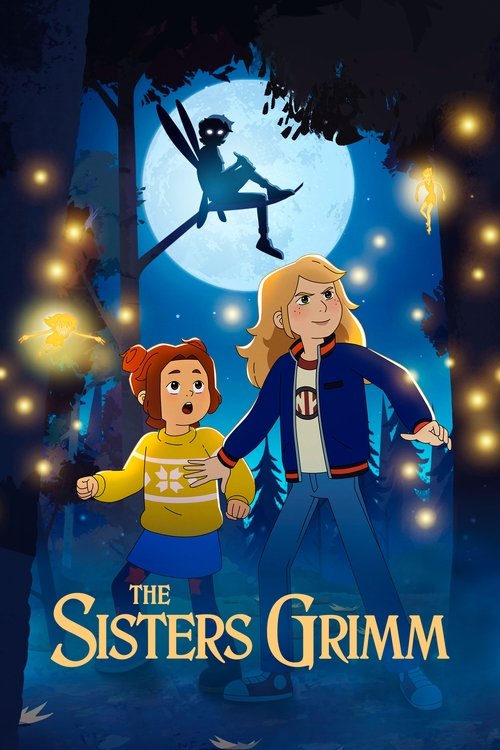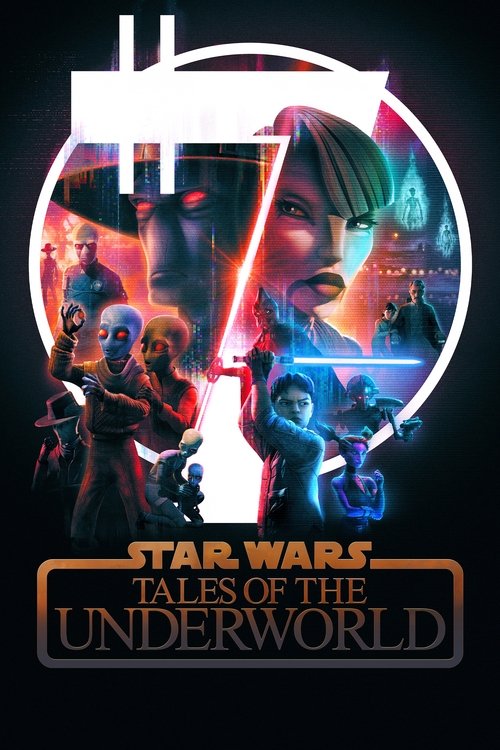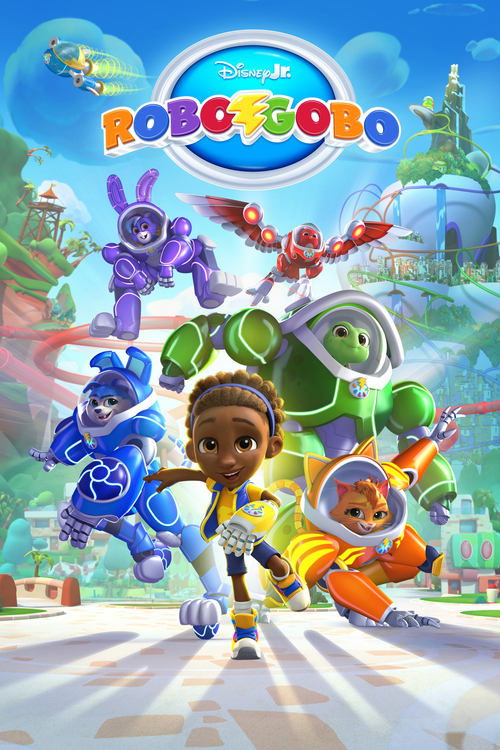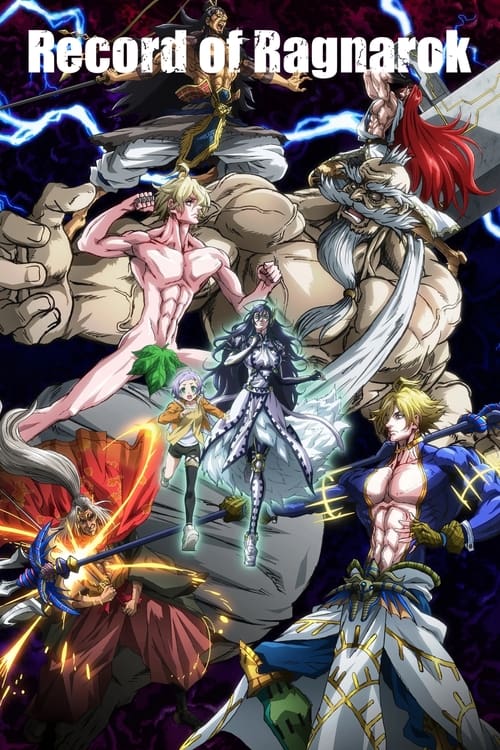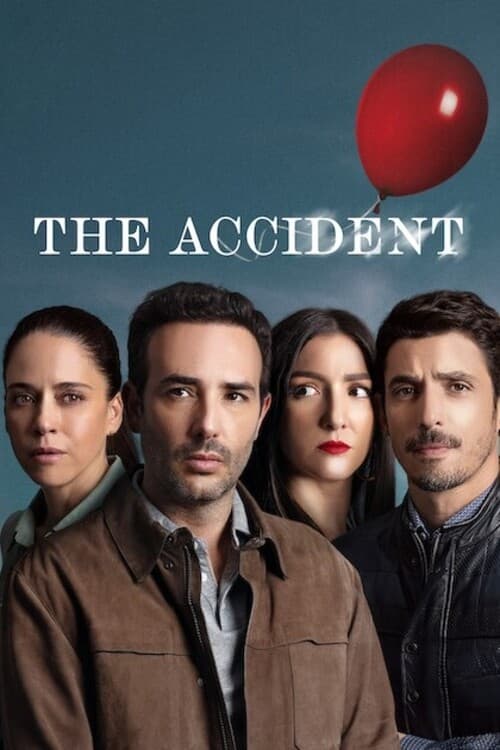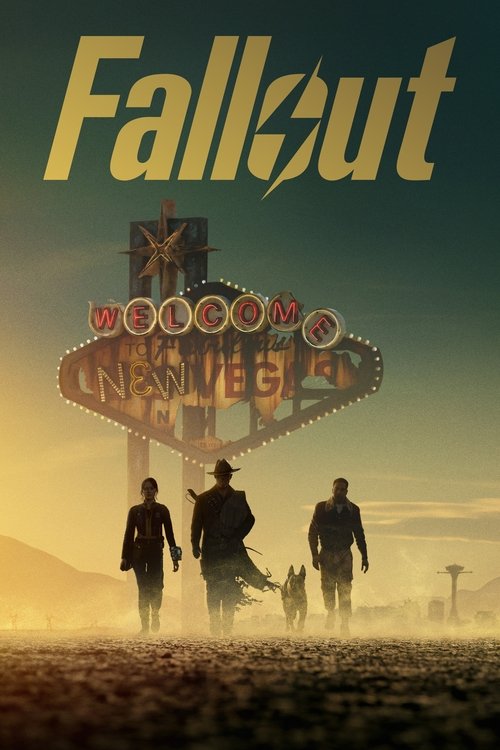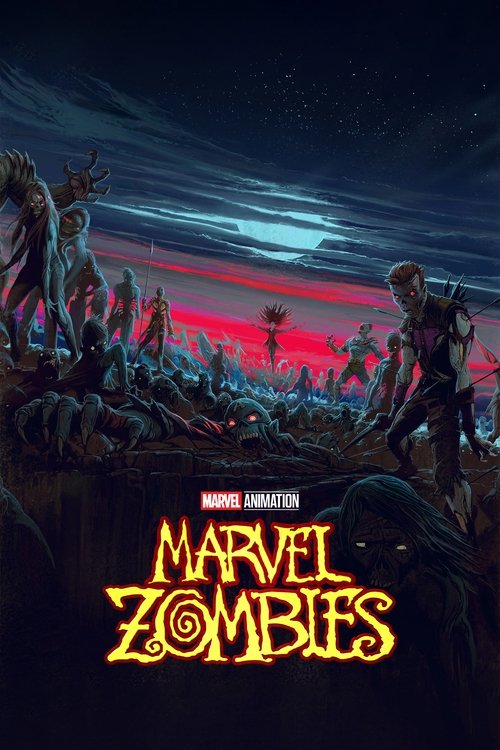
Ask Your Own Question
What is the plot?
In 1260 BC, the series begins with Noni, a disgraced former member of the Dora Milaje, who is assigned a mission to capture a rogue Wakandan agent known as "the Lion." The Lion has stolen advanced Wakandan vibranium technology and is using it to lead a rapidly expanding cult that enslaves and terrorizes civilizations. Noni pursues the Lion through a series of intense confrontations, including sea battles and melee duels. She fights fiercely, stabbing enemies, breaking bones, and even throwing an axe into a cult member's face. The Lion's cult raids a city, killing townspeople with arrows and axes, and captures prisoners to be branded or "re-educated." Noni escapes by jumping off a ship and discovers an underwater cage filled with skeletons, underscoring the cult's brutality. She ultimately confronts and defeats the Lion, completing her mission to reclaim the stolen technology and restore her honor within the Dora Milaje.
The next story is set in 1400 AD and follows Basha, a Wakandan field agent who infiltrates the mystical city of K'un-Lun to retrieve a piece of vibranium embedded in a small dragon statue. Basha cannot remove the vibranium itself, so he takes the statue's head and returns to Wakanda. Upon arrival, Basha debriefs with his field leader Ebo and Councilman Rakim. In the hangar, a mysterious intruder emerges from Basha's ship and asks for him. Ebo tricks the intruder into a cafeteria filled with Hatut Zeraze (Wakandan War Dogs), but the intruder fights them off and escapes. Basha then encounters the intruder, revealed to be Jorani, a woman who had previously found him injured outside K'un-Lun and nursed him back to health. In the artifact room, Basha explains that the artifact was stolen from Wakanda, but Jorani chastises him for betraying her trust. Using her Iron Fist powers, she easily removes the vibranium from the statue. Basha and Ebo hide Jorani in a room and cover up the incident to Rakim's satisfaction, who then promotes Ebo. They sneak Jorani back to the hangar so she can return to K'un-Lun.
Another episode focuses on B'Kai, who has taken the Greek name Memnon, during the Trojan War. B'Kai works alongside Achilles to storm and conquer Troy, but his true mission is to procure a vibranium artifact hidden inside the city. As the siege progresses, B'Kai's secret purpose puts him on a collision course with Achilles, leading to a tragic confrontation where B'Kai kills Achilles. The episode explores their complex relationship, hinting at a past romantic connection. The story captures the rage and tragedy of Achilles while intertwining Wakandan history with Greek mythology.
The final episode is set in a more recent past and follows War Dog Kuda mentoring Prince Tafari. They encounter the last Queen of Wakanda, who has returned to try to prevent a catastrophic future for Earth. Tafari and Kuda undertake a mission to recover a stolen Wakandan axe. After a confrontation, Tafari places the axe back where it was found. When speaking to the royal family, Tafari covers up the mission's failure but hopes their efforts will save the future. Years later, Erik "Killmonger" Stevens prepares to steal the same axe, now displayed in a London museum, setting up future conflicts.
Each episode is self-contained, focusing on different Wakandan warriors across various time periods as they reclaim stolen weapons and artifacts, with detailed action sequences, character motivations, and key decisions driving the story forward.
More TV Shows Like This
Browse All TV Shows →What is the ending?
The ending of Eyes of Wakanda concludes with the successful retrieval of a vital Vibranium artifact by the Wakandan warriors, the Hatut Zeraze, securing Wakanda's legacy and safety. Key characters complete their missions, with some receiving recognition and promotion, while others return to their origins or continue their secretive work.
Expanding on the ending scene by scene:
The final episode, titled "The Last Panther," opens with the Hatut Zeraze operatives engaged in a tense mission to recover a powerful Vibranium statue's head, a critical artifact lost outside Wakanda. The team includes Basha, Jorani (also known as Iron Fist), and Ebo, among others. The scene is set in a shadowy hangar where the artifact is hidden, emphasizing the covert nature of their work.
As the mission unfolds, the team maneuvers carefully to avoid detection by hostile forces. Basha demonstrates leadership and tactical skill, guiding the team through the perilous environment. Jorani, skilled in martial arts and stealth, plays a crucial role in securing the artifact. Ebo, a newer member, proves his worth by assisting effectively, earning the respect of his comrades.
After successfully retrieving the statue's head, the team sneaks Jorani back to the hangar, preparing her to return to K'un-Lun with the artifact. This moment highlights the interconnectedness of Wakanda with other mystical realms and allies, such as K'un-Lun, expanding the MCU's world-building.
In the closing moments, the leader of the Hatut Zeraze expresses satisfaction with the mission's outcome and promotes Ebo, acknowledging his growth and contribution. This promotion symbolizes the ongoing cycle of mentorship and legacy within the secretive Wakandan warriors.
The series ends with the team dispersing, each member returning to their duties or origins, maintaining the secrecy and vigilance that define the Hatut Zeraze. The final scenes underscore the themes of loyalty, sacrifice, and the preservation of Wakanda's heritage through the dedicated efforts of its unseen protectors.
Regarding the fate of the main characters at the story's end:
- Basha remains a steadfast leader within the Hatut Zeraze, continuing to guide future missions.
- Jorani/Iron Fist departs to K'un-Lun, carrying the artifact and strengthening Wakanda's alliances.
- Ebo is promoted, marking his rise within the ranks and hinting at future importance.
- Other team members return to their roles, committed to safeguarding Wakanda's secrets.
This detailed conclusion ties together the series' focus on the bravery and secrecy of Wakanda's elite warriors, emphasizing their critical role in protecting the kingdom's legacy across time and space.
Is there a post-credit scene?
Yes, the TV show Eyes of Wakanda (2025) does have a post-credit scene. It features a time-traveling Black Panther from a future where Wakanda and humanity were nearly destroyed by alien invaders called The Horde. This Panther reveals that a stolen Wakandan artifact is the key to saving the entire human race. The scene sets up a critical link between the past and future, emphasizing the urgency to return the artifact to Wakanda to prevent the doomed future. It also includes a subtle, shocking cameo connected to Killmonger, tying directly to the original Black Panther film's storyline.
In detail, the post-credit scene shows the Black Panther preparing for another time jump to retrieve the artifact, with dialogue about the fate of Wakanda and the world hinging on this mission. The scene underscores the high stakes and the intertwining of Wakanda's secretive history with a larger cosmic threat. This cameo and time-travel element deepen the narrative connection between Eyes of Wakanda and the broader Marvel Cinematic Universe, especially the Black Panther films.
What is the significance of the vibranium artifact that Basha retrieves from K'un-Lun in the first episode?
The vibranium artifact is a small dragon statue from which Basha takes the head because the vibranium cannot be removed entirely. This artifact was originally stolen from Wakanda, and its retrieval is crucial as it represents a dangerous piece of Wakandan technology that must be recovered to protect Wakanda's interests. The episode also reveals tensions around trust and betrayal when Jorani, who helped Basha, uses her Iron Fist powers to remove the vibranium from the statue, complicating the mission.
How does the relationship between B’Kai (Memnon) and Achilles develop in the episode 'Legends and Lies'?
B'Kai, who has taken the Greek name Memnon, works alongside Achilles to conquer Troy with the secret goal of retrieving a vibranium artifact. Their relationship is complex and hints at a past romantic connection, with subtle dialogue suggesting they might still be lovers. The mission leads to a tragic conflict where B'Kai ultimately kills Achilles, highlighting the personal costs of their secretive Wakandan missions.
What role does the character Noni play in the series, and what motivates her actions?
Noni is a banished member of the Dora Milaje, Wakanda's elite warriors. In the first episode, she pursues a former Wakandan royal guard turned pirate king known as the Lion, who has stolen Wakandan technology. Her motivation is to reclaim her honor and rejoin the Dora Milaje by successfully completing this dangerous mission, which involves taking down the Lion and retrieving the stolen technology.
What is the nature of the mentorship between Kuda and Prince Tafari in the final episode, and how does it relate to the future of Wakanda?
Kuda, a long-serving War Dog, mentors Prince Tafari as they face a mission involving the last Queen of Wakanda, who has returned to try to prevent a catastrophic future for Earth. Their relationship is deeply bonded, and the episode explores themes of free will and the possibility of changing destiny. Tafari and Kuda's mission involves recovering a powerful axe and dealing with the consequences of their actions on Wakanda's royal family and future.
Who is the mysterious intruder that appears after Basha’s return from K’un-Lun, and what is her significance?
The mysterious intruder is Jorani, the woman who found Basha in the snow outside K'un-Lun and nursed him back to health. She confronts Basha about the stolen artifact and uses her Iron Fist powers to remove the vibranium from the dragon statue. Jorani's presence complicates the mission and trust dynamics within the Wakandan team, as she is hidden and smuggled back to K'un-Lun, indicating her importance in the broader narrative of Wakandan espionage and alliances.
Is this family friendly?
Eyes of Wakanda (2025) is an animated Marvel miniseries that is not fully family-friendly for young children or very sensitive viewers. While it features stylish animation and action-packed sequences that might appeal to kids, the series includes some mature thematic content and violence that could be upsetting.
Potentially objectionable or upsetting aspects include:
- Depictions of violence such as people being killed with arrows and swords, though mostly bloodless or offscreen.
- Scenes involving cults burning villages and torturing captives.
- Instances of innocent people being beaten and enslaved.
- Some blood spatter during violent scenes, indicating a balance between kid-friendly and adult content.
The show is designed to appeal to a broad audience but leans toward older children and adults due to these darker themes and historical conflicts portrayed. It also does not focus on familiar characters like T'Challa or Shuri, which might affect expectations for younger Black Panther fans.



